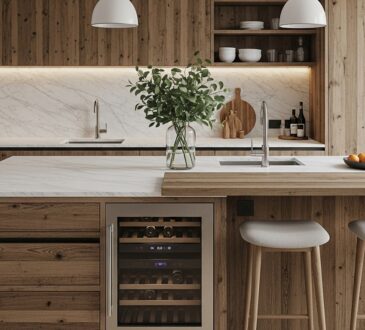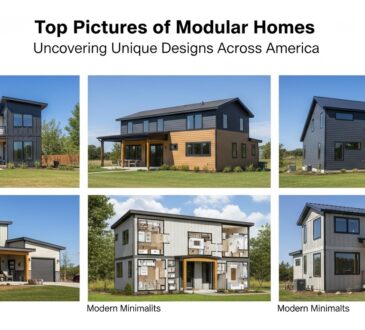How Long Does a Prefab Home Last? 5 Key Factors to Consider

As interest in innovative, efficient, and sustainable housing grows across the United States, more and more prospective buyers are turning their attention to prefabricated homes. This modern approach to construction promises faster build times, superior quality control, and potential cost savings. Yet, despite these compelling advantages, one fundamental question often comes to mind: How long does a prefab home last?
It’s a crucial question rooted in decades-old misconceptions about factory-built housing. The truth is that the longevity of a modern prefab home is far more robust and nuanced than many people believe. The lifespan isn’t determined by where it was built, but by how it was built, what it’s made of, and how it’s cared for. This guide will demystify the durability of prefabricated homes, explore the five key factors that determine their lifespan, and examine their long-term value as an investment.
Understanding Prefab Homes
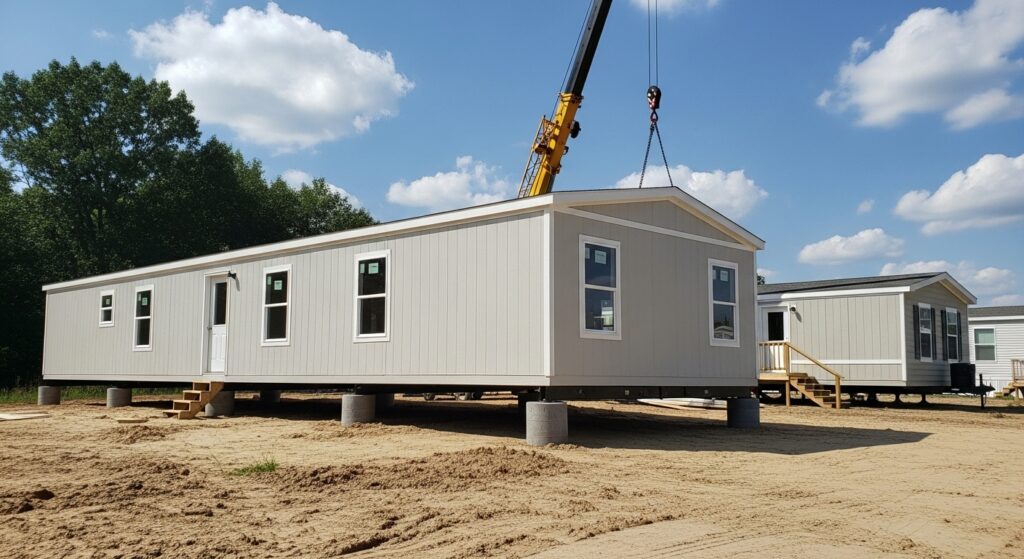
Before we can discuss longevity, it’s essential to understand what “prefab” truly means. “Prefabricated” is a broad term for any home with components that are constructed in a factory before being assembled on-site. For homebuyers in the United States, it’s critical to distinguish between the two main types of permanent prefab housing.
Definition and Types of Prefab Homes
- Modular Homes: These homes are built in sections, or “modules,” in a factory setting. The modules are then transported to the property, set onto a permanent foundation (like a basement or crawlspace) by a crane, and joined together. Modular homes are required by law to be built to the exact same state, local, and regional building codes as a traditional, site-built home.
- Manufactured Homes: These homes (formerly known as “mobile homes”) are also built in a factory but are constructed on a permanent steel chassis. They are transported to the site and can be placed on a permanent foundation or a more temporary pier and beam system. Critically, manufactured homes are built to a single, federal standard called the HUD code, not to local building codes.
Other types, like panelized and kit homes, involve factory-built wall panels that are assembled on-site, and they also adhere to local building codes like modular homes. For the purpose of longevity and resale value, the distinction between modular homes (built to local codes) and manufactured homes (built to HUD code) is the most important.
Key Differences from Traditional Homes
The primary difference between a high-quality modular home and a traditional site-built home is the construction method, not the quality or durability. Modular homes are built indoors, protected from weather damage, and subject to rigorous factory quality control. They often feature more structural lumber than site-built homes to withstand the stress of transportation. Once assembled on a permanent foundation, a modern modular home is often indistinguishable from its site-built counterpart.
Longevity of Prefab Homes
So, let’s address the central question. When properly constructed and maintained, a modern prefab home offers a lifespan that is impressive and, in many cases, identical to that of a traditional home.
Average Lifespan Compared to Site-Built Homes
A well-built modular home, constructed to local codes and set on a permanent foundation, has an average lifespan of 50 to 100 years or more, which is the same as a conventional site-built home. Because they are built with the same materials (like wood framing, drywall, and quality windows) and must meet the same stringent codes for snow loads, wind resistance, and structural integrity, their durability is equivalent.
For manufactured homes built to the federal HUD code, the estimated lifespan is typically 30 to 55 years, according to the Department of Housing and Urban Development (HUD). However, a modern manufactured home that is well-maintained and placed on a permanent foundation can often last much longer.
Historical Data and Trends
The prefab industry has evolved dramatically. Homes built after the implementation of the federal HUD code in 1976 are significantly safer and more durable than the mobile homes of the past. Similarly, modern modular construction utilizes advanced, precision engineering that often results in a tighter, stronger, and more energy-efficient structure than what can be achieved on an outdoor construction site exposed to the elements.
Factors Affecting the Lifespan of Prefab Homes
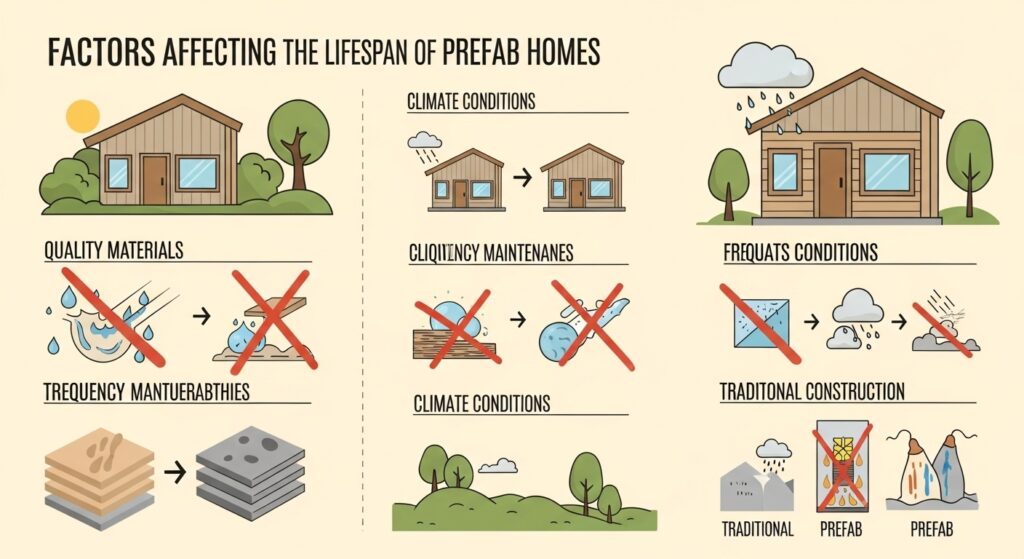
The lifespan of any home, prefab or not, is not guaranteed. It depends on a handful of critical factors. Here are the five key elements that determine how long prefab homes last.
1. Quality of Materials Used
Just like with any product, you get what you pay for. Prefab homes are available across a wide spectrum of quality and price points. High-end modular home manufacturers use the same premium materials you would find in a custom site-built home: brand-name windows like Andersen or Pella, high-grade lumber, 30-year architectural shingles, and durable siding options like fiber cement. A home built with superior materials from the start will naturally have a longer lifespan and require less maintenance over time.
2. Construction Techniques and Standards
This is arguably the most important factor. A modular home built in a state like California or Florida must be engineered to the exact same seismic or hurricane codes as a site-built home in that same location. The factory-controlled process adds another layer of quality, as construction is done using precise jigs and is subject to constant internal inspections, all while being protected from rain, snow, and sun damage. Adherence to these strict building codes is the primary reason why modern modular homes are so durable.
3. Location and Environmental Factors
Where a home is located will always impact its lifespan. A house in a harsh coastal environment with corrosive salt spray and high humidity will face more challenges than a home in a mild, dry climate. Similarly, a home in an area with extreme snowfall or temperature swings will experience more stress. A proper foundation is critical here. A prefab home set on a well-constructed concrete slab or a full basement will be more stable and protected from ground moisture and pests than one on a less permanent system.
4. Maintenance and Upkeep
No home is maintenance-free. The longevity of a prefab home is directly tied to the diligence of its owner. Regular maintenance is essential to preserving the structure and its systems. This includes:
- Regularly inspecting the roof for damage and cleaning gutters.
- Checking and maintaining seals around windows and doors to prevent water intrusion.
- Repainting or re-staining exterior siding as needed to protect it from the elements.
- Servicing the HVAC system annually.
- Ensuring proper drainage around the foundation. A well-cared-for prefab home can easily outlast its initial lifespan estimates.
5. Owner Usage and Lifestyle
How a home is lived in also contributes to its longevity. A home with a large family and pets will naturally experience more wear and tear on floors, walls, and fixtures than a home occupied by a single individual. This factor is universal to all housing types and highlights the importance of choosing durable interior finishes and performing regular upkeep to address minor issues before they become major problems.
Resale Value of Prefab Homes
A common follow-up question to “how long does a prefab home last?” is about its long-term financial value. Here again, the type of construction is key.
Market Trends and Demand
The perception of prefabricated housing is undergoing a major positive shift. As construction costs rise, buyers are increasingly looking to high-quality prefab homes as an innovative, sustainable, and stylish alternative. Architectural magazines and design blogs frequently feature stunning modern modular homes, which has helped elevate their status in the market. This growing demand and acceptance are helping to strengthen the resale value of prefab homes.
Comparisons with Traditional Homes
For modular homes affixed to a permanent foundation, the resale value and appreciation are virtually identical to that of comparable site-built homes in the same neighborhood. Lenders and appraisers treat them the same way because they are built to the same codes and are considered permanent real estate.
Manufactured homes have historically been treated more like vehicles, depreciating in value over time. However, this trend is changing for newer models, especially when they are placed on land that is owned by the homeowner and are well-maintained.
Enhancing Resale Value through Upgrades
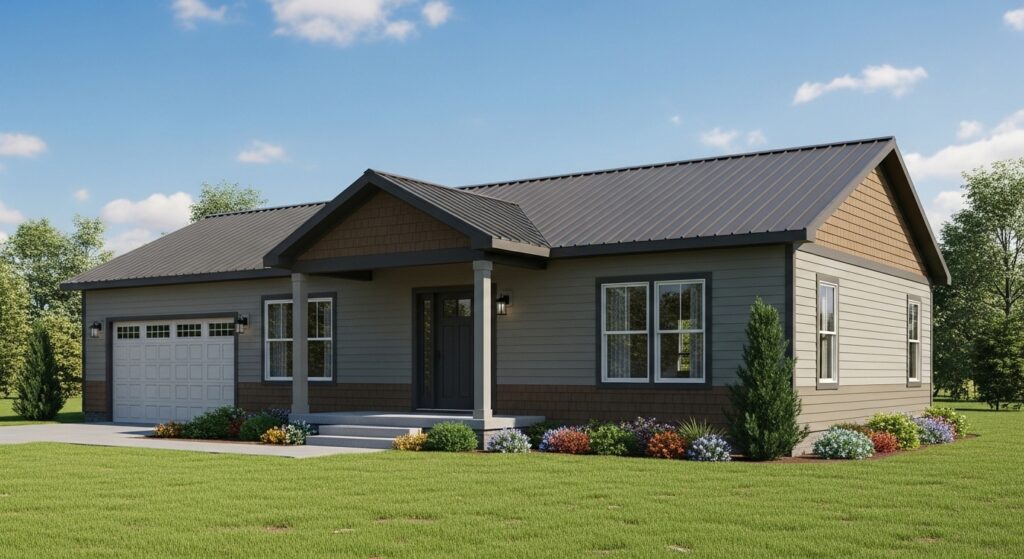
You can enhance the resale value of your prefab home just as you would any other property. Upgrades with a high return on investment include kitchen and bathroom renovations, adding a deck or patio to increase outdoor living space, investing in attractive landscaping, and ensuring the home has curb appeal. A well-maintained, beautifully designed prefab home in a good location will always be a valuable asset.
Conclusion
Summary of Key Points
So, how long does a prefab home last? The definitive answer is that a high-quality, modern modular home, built to local codes and placed on a permanent foundation, will last just as long as a traditional site-built home—50 to 100 years or more. Its longevity is not a product of its factory-built origin but is instead determined by the same factors that affect any home: the quality of its materials, the standards of its construction, the diligence of its maintenance, and the environment in which it is located.
Final Thoughts on Investing in Prefab Homes
Investing in a prefab home in 2025 is no longer a niche or alternative choice; it is a smart, forward-thinking decision. It represents a choice for efficiency, quality control, and sustainability, without sacrificing design or durability. When you choose a well-built prefab home, you are investing in a lasting asset that will provide a safe, comfortable, and beautiful living space for your family for many decades to come.


